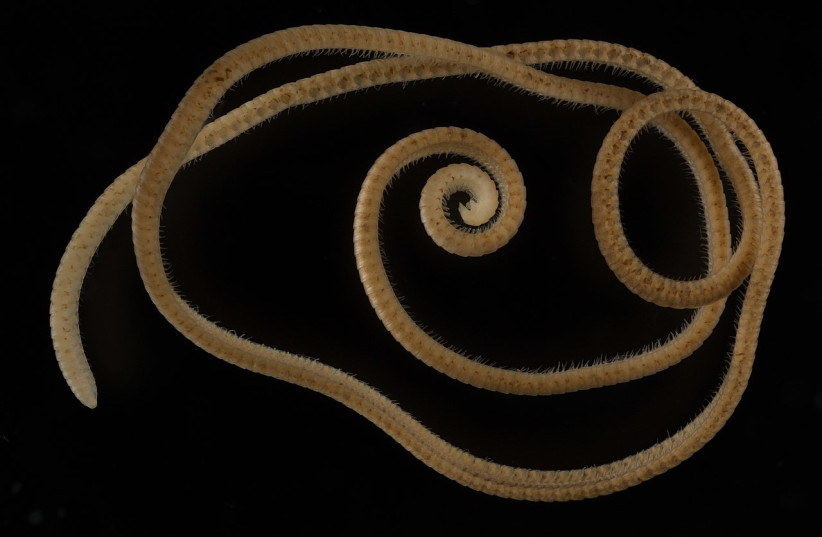American pop and country music icon Taylor Swift now has a new accomplishment aside from her vast array of awards, best-selling albums and legions of devoted fans: A millipede named after her.
This small creepy crawly in question is the Nannaria swiftae, one of several newly-described species of millipedes found in the Appalachian Mountains in a new study published in the peer-reviewed academic journal ZooKeys.
<br>Millipedes: Bugs with <em>Evermore</em> legs
Millipedes are small multi-legged invertebrates insects that can be found all over the world. Their name implies the presence of a thousand legs, though a species that actually possesses such a large amount of legs has only recently been discovered in Australia.
The name Nannaria swiftae is derived only in part from the celebrated "Shake It Off" musician. Specifically, the first part, Nannaria, refers to the genus.

Also known as twisted-claw millipedes, these bugs were first described in 1918. However, it was long thought by scientists that there are many undiscovered species of these millipedes. New discoveries over the years have filled in this "Blank Space" by finding more species of Nannaria millipedes.
But with this latest collection of discoveries and descriptions, one could say that "Everything Has Changed," as the number of known twisted-claw millipede species now number 78. These new ones in particular are part of the wilsoni species group, which lives exclusively in Appalachia.
<br>I knew you weren't trouble
Despite how intimidating these long bugs may seem, millipedes are completely harmless. Not only that, but they play an important role in the ecosystem by decomposing leaf litter and releasing nutrients back into the environment.
Oddly enough, Taylor Swift, despite being a trend-setter in the music industry, is not even the first celebrity in 2022 to lend their name to a newly described species of invertebrates.
Back in January, a newly described species of parasitic roundworms were named after actor Jeff Daniels, being designated Tarantobelus jeffdanielsi.
This naming choice was very much intentional by the lead researcher, University of California, Riverside parasitologist Adler Dillman, due to the fact that these mysterious nematodes infect and kill tarantulas. This made Dillman think of Arachnophobia, the 1990 horror-comedy where Daniels plays a scientist who fights off an invasion of spiders attacking a town.
But that is not the case with Taylor Swift.
<br>Why are these millipedes named after Taylor Swift?
Swift's long and acclaimed career has never seen her do anything that could have her work or Reputation be associated with millipedes.
But what she did do was help the lead author of the study when he needed it most, albeit indirectly.
"Her music helped me get through the highs and lows of graduate school," lead author Derek Hennen explained in a statement.
"Naming a new millipede species after her is my way of saying thanks."
Surprisingly, Swift isn't the only woman to have impacted his life to have a newly-described millipede named after her.
Also included is another new species, Nannaria marianae, which was named after his wife.
Are we out of the woods yet?
Though this new study significantly added to the number of twisted-claw millipede species known to science, it should be noted that these bugs can be hard to find.
Living on the forest floor and subsisting on decaying leaves, these millipedes are sometimes actually hiding beneath the soil, staying buried down below out of sight.
